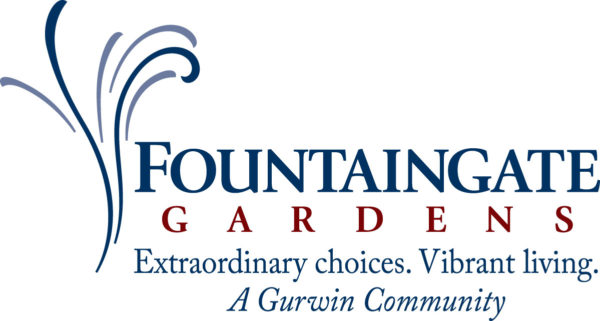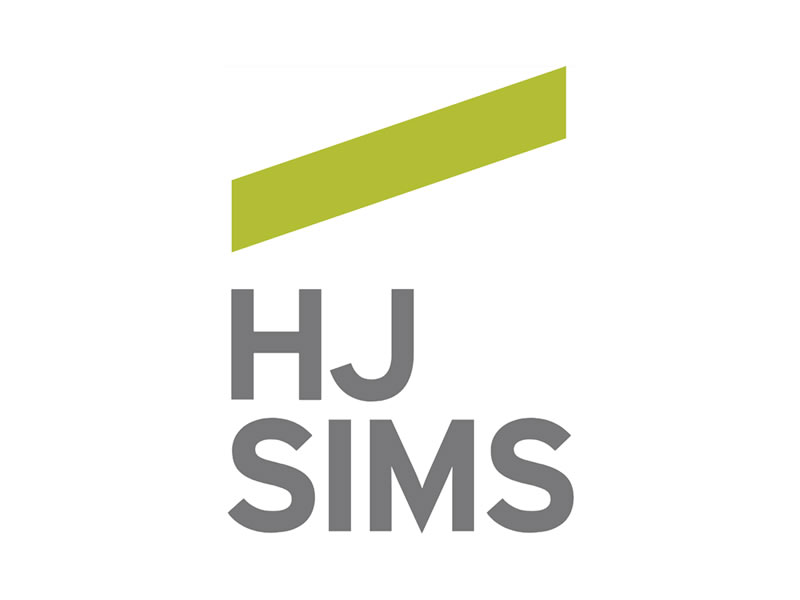by Gayl Mileszko
Sarah Lawrence College Professor Joseph Campbell was a comparative mythologist who studied and relished stories told by peoples all around the world. He found a common theme across cultures and labeled it a monomyth. The tale always involves a hero who ventures forth from the ordinary world into a region of supernatural wonder when he receives a call to adventure. He or she receives help from a mentor along the way as fabulous forces are encountered and none of the familiar laws and order apply. Our hero endures a series of trials, sometimes assisted by allies, and manages to win a decisive victory. He receives a “boon” or award of some type and then must decide whether to return to the “world of common day”. The hero always decides to go home, of course. He encounters new trials along the way before making it back safely to share the bounty with his family and community.
For much of the past year, we have been immersed in a world that became supernatural. We have battled forces that we never before encountered in our lifetimes. Although never feeling heroic, countless numbers of mothers, fathers, teachers, doctors, nurses, grocery and postal workers, gas station attendants, long-haul truckers, farmers, public safety officials and National Guard troops have manage to fend off monotony, exhaustion, violence, disease, hunger, abuse, despair, homelessness, social isolation, and even bankruptcy while faced with joblessness or working multiple jobs, relocations, home schooling, triaging the sick, or caring for a frail relative. We live among these heroes and would love to shower great bounty upon them. We think in terms of the amazing fortune of Elon Musk, 49, a serial entrepreneur who is not only surviving but thriving in these challenging times. With a brilliant mind and boundless energy plus an array of mentors and allies, he has a current, personal net worth of $185 billion. Now the richest person in the world. Mr. Musk has pledged to share his reward by giving at least half of this vast sum to charity. If only we had such sums to bestow, we certainly know the most deserving.
Innovative, hard-working Americans of all backgrounds and ages are achieving mythical levels of success in the midst of this pandemic and it is inspiring. None of the usual laws and order seem to apply in the financial, scientific, academic, technological or service industries as central banks have taken monetary policy into heretofore unimaginable directions, elected officials have produced fiscal stimulus that is the wonder of all history, and the status quo of the world in 2019 was entirely upended by the COVID-19 pandemic. So: the opportunities are endless for those called to start ventures and expand businesses. Last year saw 56 new American billionaires, including IPO winners at Airbnb, DoorDash and Snowflake, and the founders of Zoom, Nvidia, and Netflix. Any number of our readers could be next.
It is not fable but fact that the divide between the wealthiest and poorest Americans has been exacerbated by COVID-19. Our economy has long been being described as having a “K” shape, meaning that wealth is built on wealth at the top while those people and industries closer to the bottom struggle and often sink. The current K shaped recovery reflects that prosperity and wealth is returning more rapidly for those at the top while many others strain more and more to get by. Debates rage in Washington over whether and how to address the disparities. Proposals are once again being circulated for increases in the minimum wage, affordable housing, tax credits, student debt forgiveness, tuition-free public colleges, stimulus checks, and child allowances, among others.
The latest economic data tells the story. Weekly jobless claims remain higher than in any previous recession dating back to 1967. We are still down 11 million jobs from pre-pandemic days. The employment-to-population ratio at 57.5% has barely budged over the past four months. Labor productivity fell at a 4.8% annual pace in the final months of 2020, the biggest quarterly decline since 1981. The overall economy has split in two, with some sectors booming and others depressed. Some of those shifts are temporary, but many others are long-term and structural. Very, very little of this is reflected in the stock and bonds markets, where the divide between Wall Street and Main Street is most evident.
Since the national emergency was declared on March 13, the Dow has gained 8,200 points or 35%, the S&P 500 is up 44%. the Nasdaq is up nearly 78% and the Russell 2000 has increased by 1,080 points or 89%. Oil prices have increased by 83% or $26.24 per barrel. Gold is up 20% or $303 an ounce. Silver prices have gained almost 13% or $12.73, and Bitcoin has smashed all records with its 728% increase. On the bond side, the 2-year Treasury yield has plunged 78% to 0.11% but the 10- and 30-year yields have recently climbed. The 10-year is up 21 basis points to 1.17% and the 30-year has increased by 43 basis points to 1.95%. Municipal benchmarks have dramatically outperformed their government counterparts. As demand from individual and institutional buyers has escalated while supply has significantly lagged, the 2-year AAA general obligation bond yield has fallen by 102 basis points from 1.12% to 0.10%. The 10-year is down 88 basis points to 0.73%. And the 30-year has dropped 94 basis points from 2.32% to 1.38%.
New records are again being set this month and feel surreal in the context of the pandemic and recession. Stock indices are at record highs. Bitcoin has topped $47,000. Dogecoin, a cryptocurrency that started out as a joke intended to parody the thousands of currencies that sprang up after Bitcoin in 2013, topped $10 billion in market value on Monday. Corporate high yield indices have fallen to all-time lows: the Bloomberg Barclays High Yield index dropped to 3.96% and CCC rated issues fell to 6.21%. The ratio of municipal yields to Treasury yields is at historic lows: state and local debt maturing in 10 years now yields 60.29% of Treasuries; the historic ratio averages 85%.
The hunger for yield and income has driven bond prices to extreme levels. On the corporate bond side, more than $59 billion of high yield bonds have already been sold this year. U.S. Steel (rated Caa2/B-) just received orders for more than $3 billion of bonds in a $750 million note sale that priced at 6.875% and is trading above par. On the municipal side, Austin, Texas wastewater bonds are trading at $136, New York City water and sewer bonds over $132, Durham, North Carolina general obligations at $141, California general obligations at $135, and Nashville subordinate airport bonds at $127. The City of Detroit, which filed the largest municipal bankruptcy in 2013 and saw its full faith and credit tax pledge produce a recovery of only 74 cents on the dollar just brought a $175 million Ba3 rated general obligation self-designated social bond deal structured with 2050 term bonds with a 5.00% coupon that sold at a price of $123.577 to yield 2.37%. The offering was reportedly 20 times oversubscribed.
We are living in a world that is far from ordinary, facing our own individual trials and celebrating our victories, small and large, every day. As with the mythical heroes, we all have mentors and allies, whether or not we recognize them as such. We encourage you to look to your HJ Sims representatives as your constant allies. To that end, we invite you to join our Late Winter Conference, a virtual event to be held on February 24 hjsims.com/2021lwc, to hear from us along with senior living industry leaders and experts including Joseph Coughlin, the Director of the Massachusetts Institute of Technology AgeLab, who will provide thought-provoking insight into how COVID-19 has impacted the 50+ demographic. In the interim, in much the same way as we commend the everyday heroes within the talented and dedicated members of our Sims family of companies, we hope that you too continue to recognize and reward those of mythic proportions within your own families and organizations.






